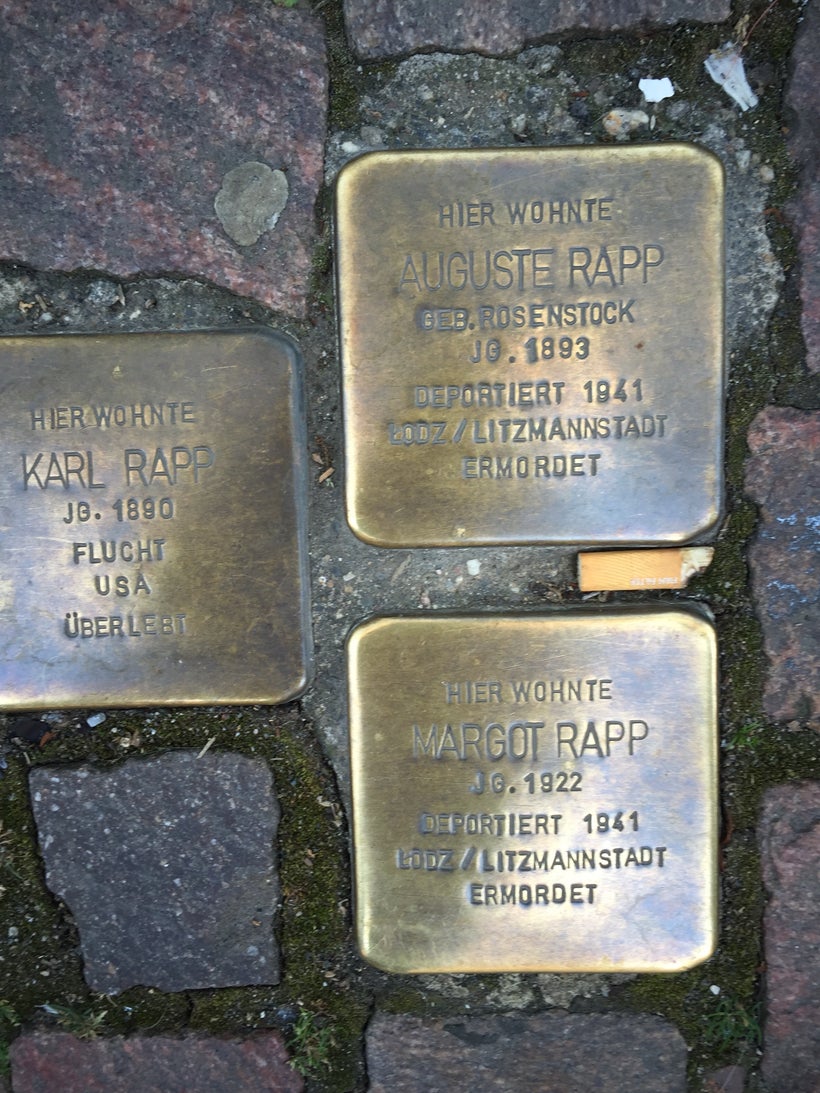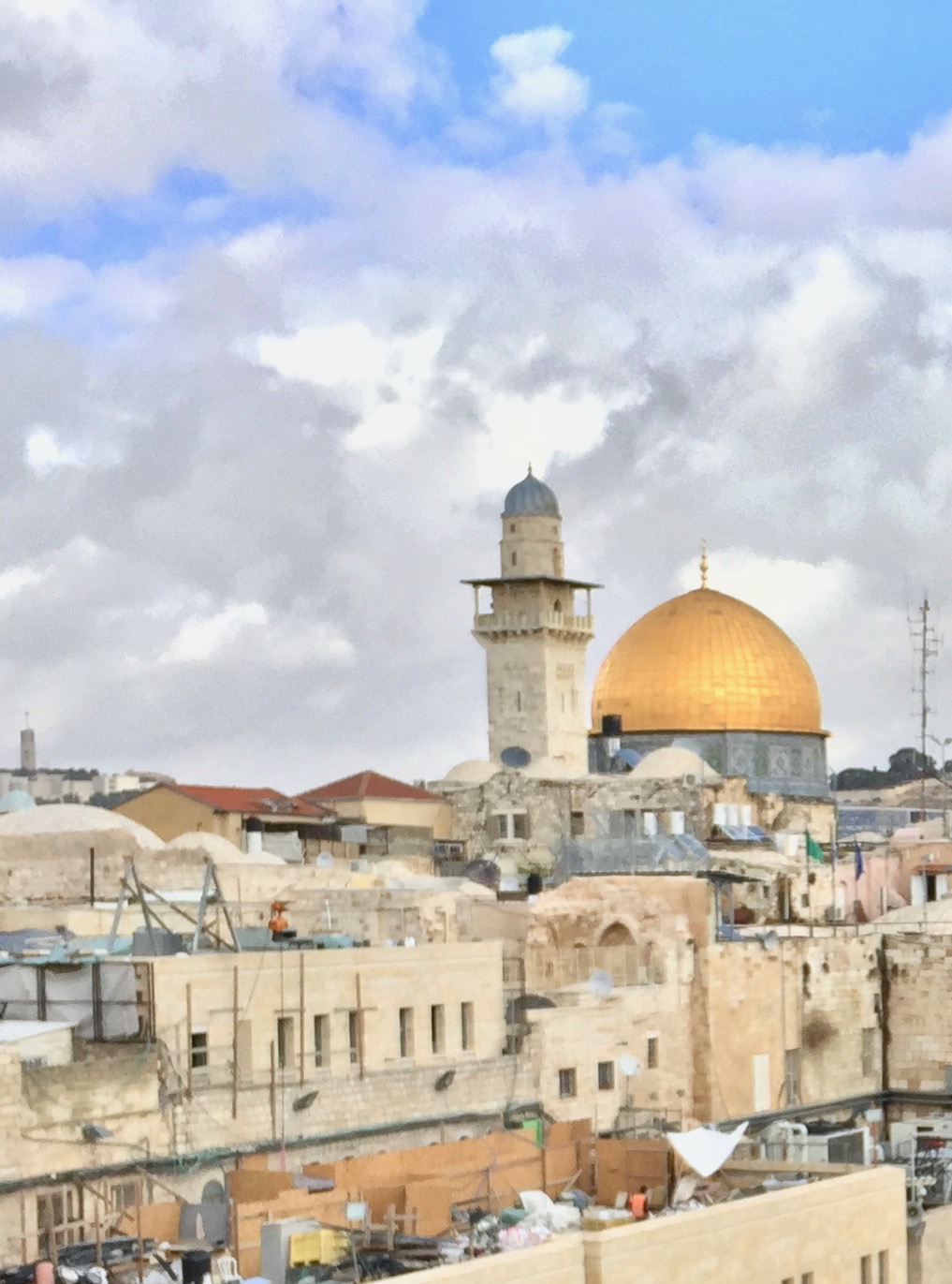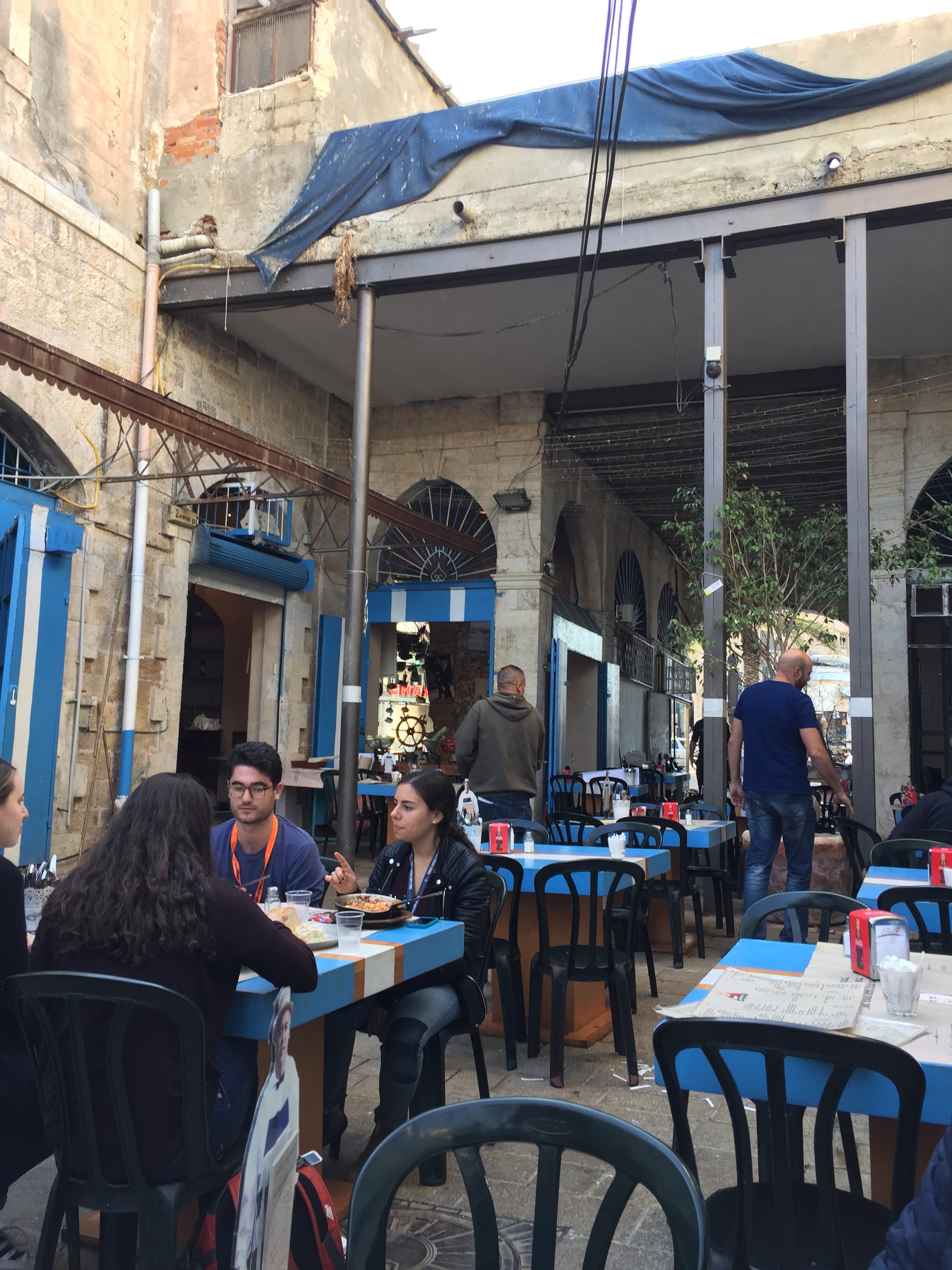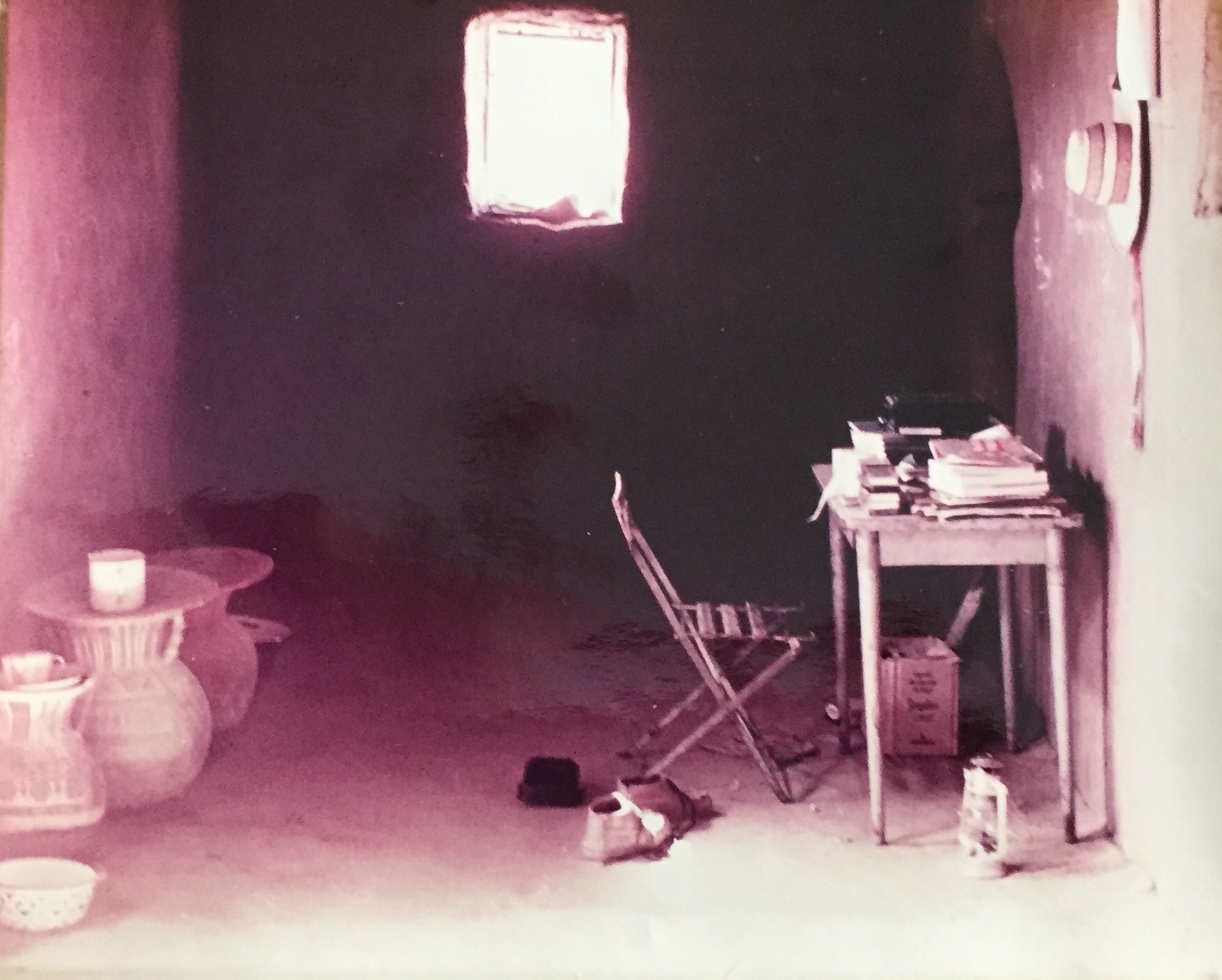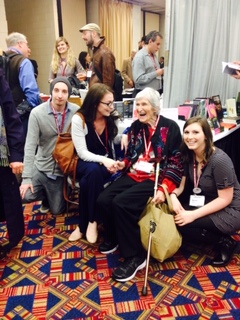A popular 2020 American meme reminds of us of the 1985 Robert Zemeckis science fiction film Back to the Future. In it Dr. Emmett Brown (Christopher Lloyd) is instructing Marty McFly (Michael J. Fox) about time travel in his modified DeLorean .“Whatever you do,” Doc says, “do not set the date to 2020!”
It has been a calamitous year in America and around the world. The Covid-19 pandemic has brought pain, suffering and death to millions of people. It has reconfigured our social relations and devastated the global economy, increasing the ranks of the hungry and homeless. Millions of people have become hostages in their own homes, forced to spend days and weeks on the Internet – series, poker sites, and other time killers on the net.
The play of American politics this year has brought to the surface ugly racist attitudes and behaviors. What’s more, post-election attempts to overturn the certified results of the 2020 presidential election threaten the very foundation of the American democratic system of governance.
What will happen to American society in 2021?
One thing is certain: Donald J. Trump, will leave The White House—voluntarily or involuntarily-on January 20, 2021. For more than five years, Trump—and his outsized personality—have colonized social, cultural and emotional life in America. How has he managed to attract our attention? Will he continue to do so as a former president?
Here’s my anthropological take. Trump’s appeal has devolved from the gradual construction of an alternate cultural reality in which facts become fiction and the world becomes a surreal fabrication. In this world, which operates quite efficiently in the speedy culture of social media, the brand, or the copy, as Jean Baudrillard (1981) long ago suggested, becomes more powerful than the original. On the surface, Trump’s brands (hotels, golf courses, a “university,” a foundation) appear impressive, but with a little exploration, that impressiveness fades. Where are the graduates of Trump University? Are Trump steaks flavorful? Do Trump golf courses and hotels make money? What happened to the Trump foundation? Trump appears to be successful, but why have so many of his businesses failed?
What’s more interesting, of course, is why millions of Mr. Trump’s followers don’t care about his bankruptcies and scams. How can they overlook his lethal mismanagement of the Covid-19 pandemic or the destructive lies about his “accomplishments” or his disinformation about his election loss? Why do millions of Americans continue to adhere to an alternate view of reality that has established and maintained Trump’s legitimacy? In a December 15th Pew Research Center Poll, two-thirds of respondents claiming to be Republicans supported Trump’s baseless message of widespread election fraud as well as his efforts to overturn the presidential election.
How can we explain such ongoing support for such a flawed individual? In a December 9 Los Angeles Times column, New York University historian Ruth Ben-Ghiat, who has written about the politics of Mussolini, has suggested that such widespread devotion may boil down to a cult of personality.
In 1922 the great German sociologist Max Weber published an essay: “Politics as Vocation” in which he described three techniques that rulers have used to maintain power over their subjects and/or citizens—traditional or genealogical legitimacy, charismatic legitimacy, and bureaucratic or legal legitimacy. Traditional legitimacy is the province of kings, queens and nobles. Their power is legitimated through royal or familial bloodlines. In charismatic legitimacy, the emotional power of the leader’s personality, articulated through media (radio, film, television, and/or the Internet), mesmerizes her of his subjects, which enables the leader to maintain power. This is the legitimacy of autocrats. Finally there is bureaucratic legitimacy in which power is regulated through the rule of law.
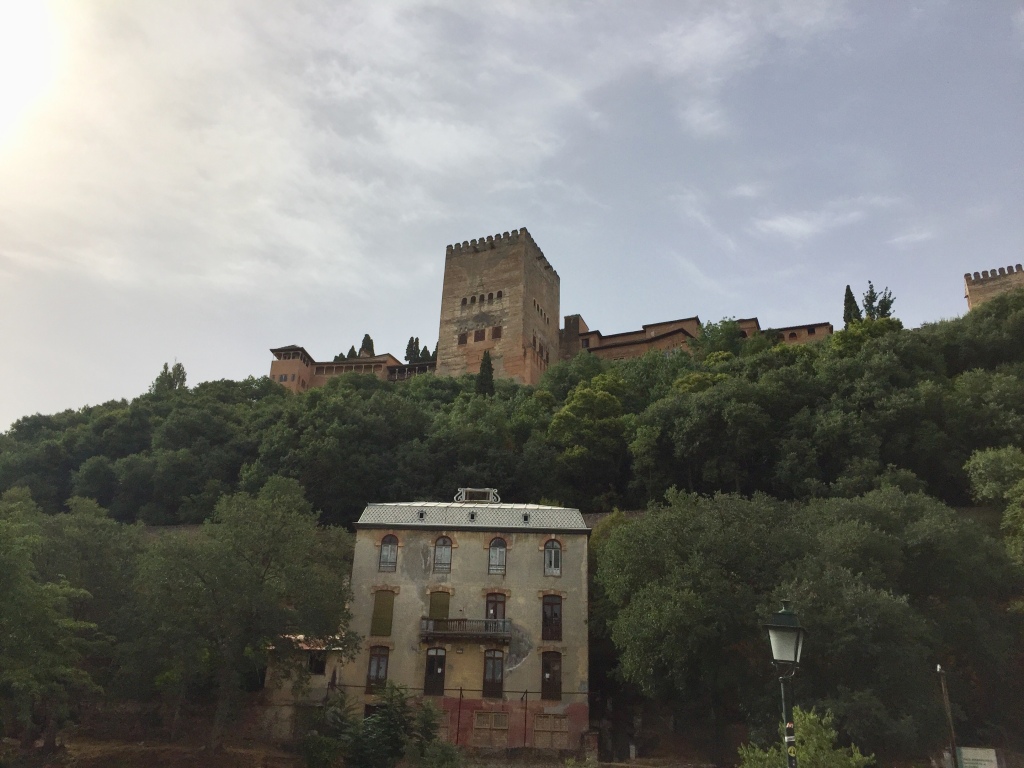
Max Weber was quick to point out that these legitimating techniques are far from being pure categories. Elements of charisma have played a role in the tenure of monarchs. By the same token, the power of charismatic officials may well be constrained through the rule of law and constitutional limits. It is clear that the power reinforced through legitimacy can endure. Consider traditional and bureaucratic legitimacy, two regimes of legitimation that undergird institutional structures that have withstood episodic crises (wars, famines, and pandemics) and maintained themselves for long periods of time. There are many examples of this kind of robust legitimation in the history of the world (the British monarchy, the Empires of China, the Muslim Caliphate, the Magna Carta and the Constitution of the United States).
Charismatic legitimation, by contrast, usually fades away with the demise of the charismatic leader. In 1945, Hitler, the epitome of a charismatic leader, hunkered down in his Berlin bunker. Faced with defeat, Hitler’s death marked the end of The Third Reich. Stalin’s cult of personality died on his deathbed in 1953. The same came be said of charismatic figures like Benito Mussolini, Pol Pot, Mobutu Sese Seko and Joseph McCarthy. If power devolves from fear of the megalomaniacal personality of dear leader, that fear—and power—is likely to dissipate once the dear leader is dead or defeated.
Trump possesses all the characteristics of an authoritarian charismatic leader—bluster, an aversion to facts, hypermasculinity and a sense of invincibility. As Columbia University’s Sheila Coronel reminds us in a November 9 Washington Post column, there are many parallels that one can draw between the authoritarian politics of the Philippines’s Ferdinand Marcos and Donald Trump. More than 30 years ago Marcos suffered an electoral defeat, but nonetheless claimed victory. In 1988 Marcos staged an “alternative inauguration,” but Philippine “people power” forced his humiliating evacuation. In 2021, no one knows how Trump will respond to the lawful transfer of power. Will he incite riots in the streets? Will he attend President-elect Joe Biden’s inauguration? Will he stage a counter inauguration?
If his current behavior is indicative, it is clear that Trump, as a former president, will try to maintain his center-of-attention media profile. Many pundits have suggested that Trumpism, which is full of grievances and empty of serious policy ideas, will continue on long after Trump has left the center stage of politics. My own take follows the history of charismatic leaders and the visionary wisdom of Max Weber: charismatic legitimacy is unstable and temporary. As Trump exits the presidency, he will lose his bureaucratically determined power. Even so, we are sadly destined to hear more of Trump’s contemptuous and baseless theories of voter fraud, election theft and betrayal. In the culture of speed, though, our attention spans tend to be short, which means that Trump’s aura is likely to fade. Indeed, his brand of hateful populism may not disappear but is likely to become more and more marginal in the public sphere.
In post-Trump America, the rule of law, which embodies our bureaucratic legitimacy, will remain in tact. This fact means that in America institutional norms and not individual whims shape the exercise of power. Having stood the test of time, I am hopeful that the rule of law will endure long after Trump and Trumpism have become faint, somewhat bizarre images in our memories.

